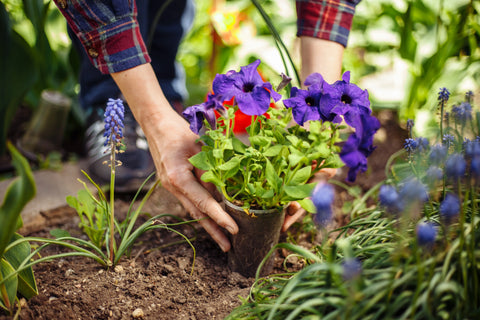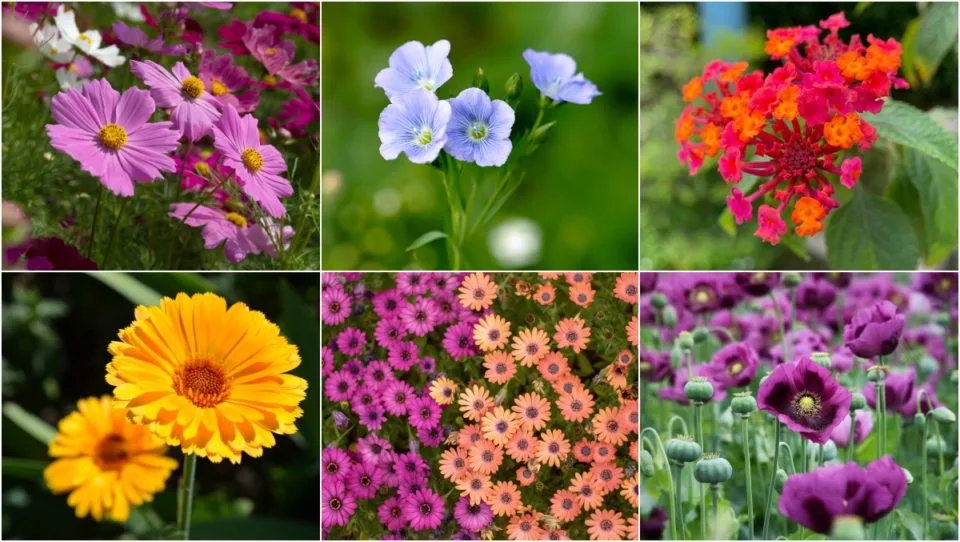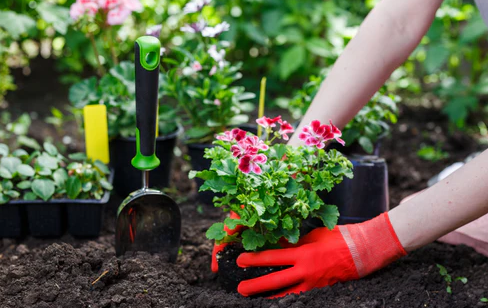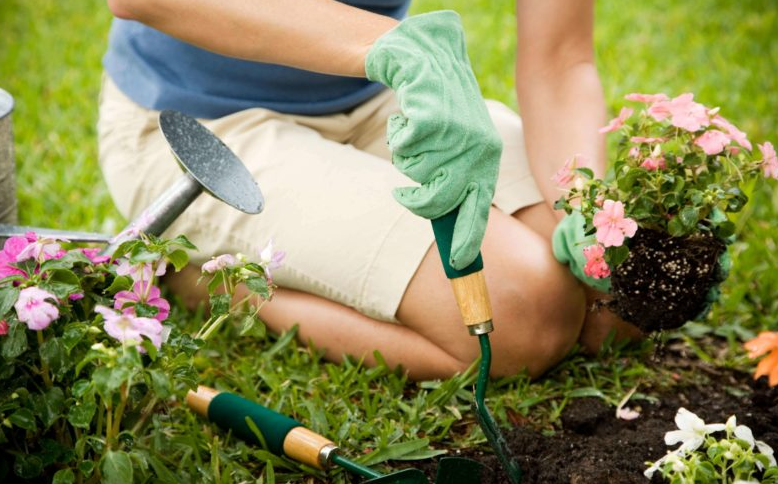Perennial vs. Annual Plants: What's the Difference?
In a nutshell, annual plants bloom for only one growing season and do not come again year after year. A perennial, on the other hand, returns for at least two years or more and doesn't need to be replanted year in, year out. Some perennial flowers bloom just for a few years, and some bloom for fifty years or even more. Concerning annuals versus perennials, no kind of flower or plant is superior to the other one. Instead, the intelligent gardener takes advantage of each's differences and makes a striking garden.







